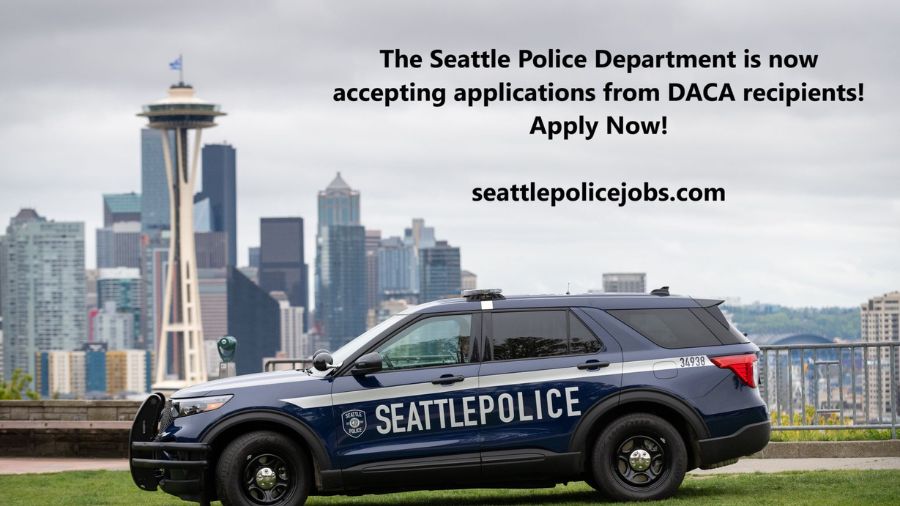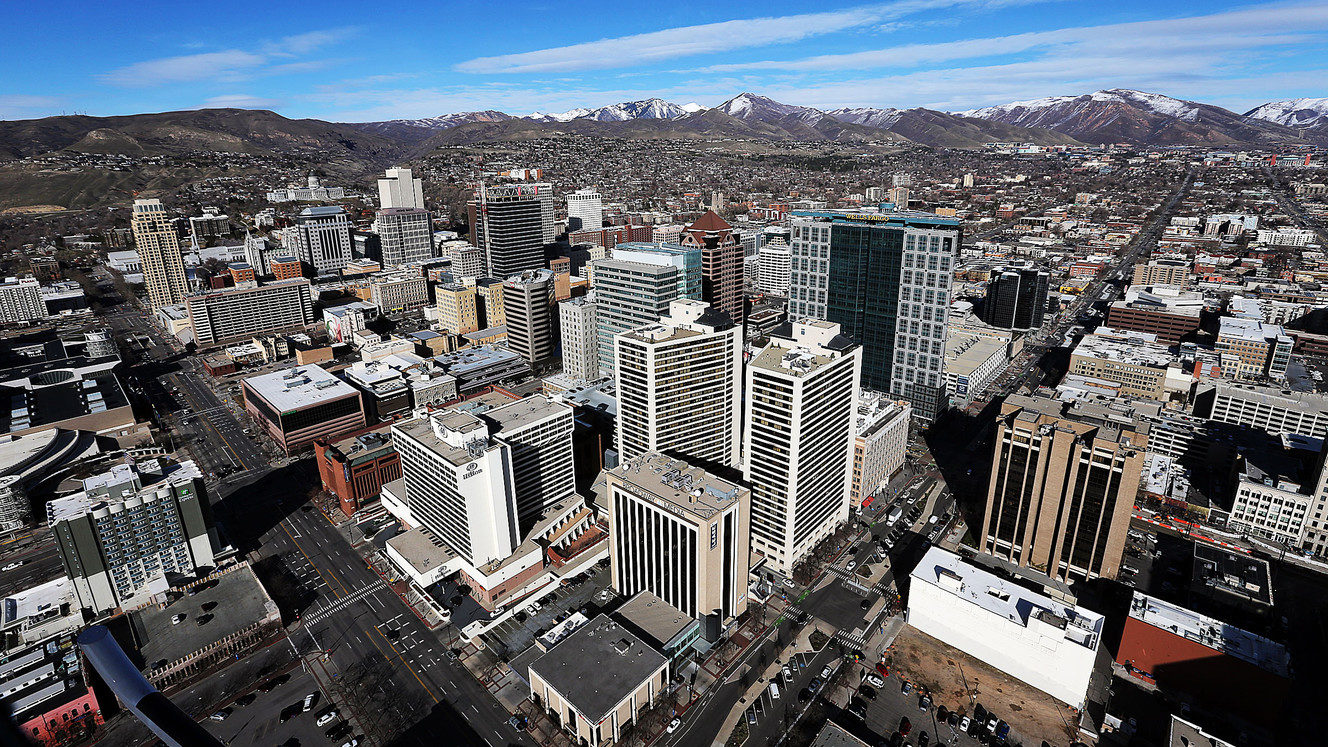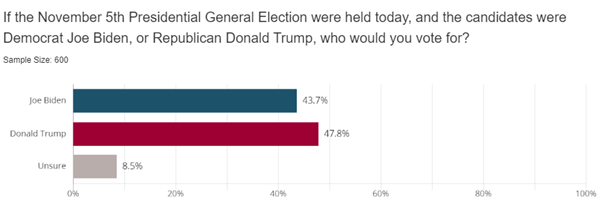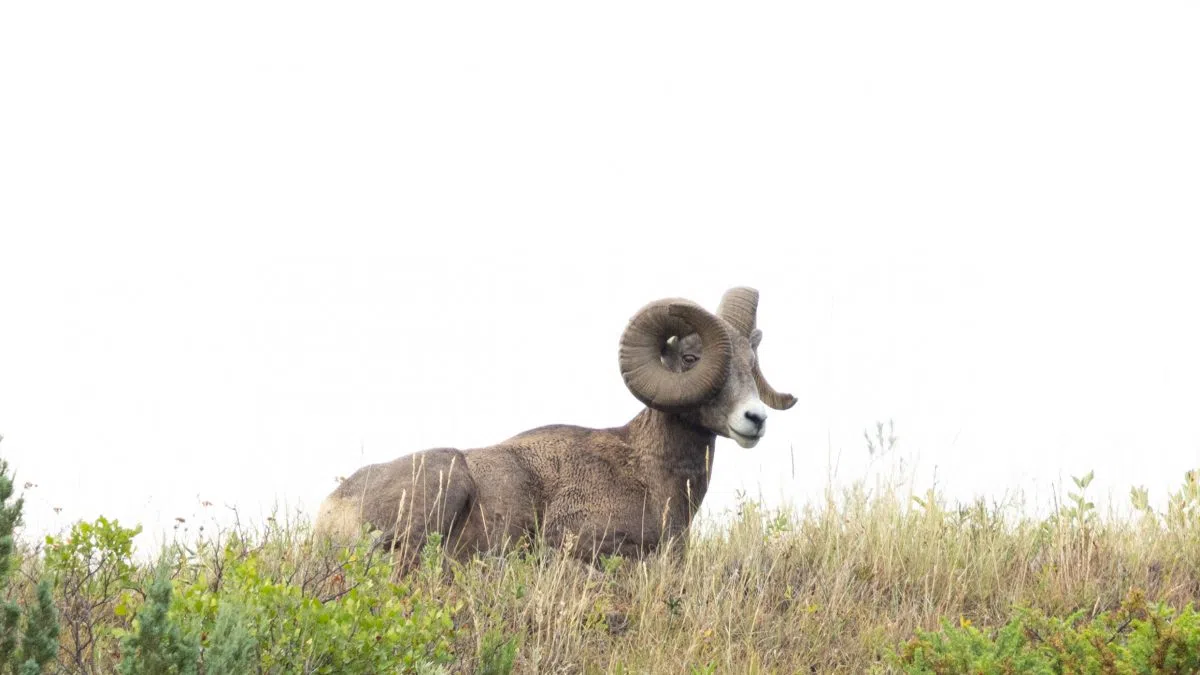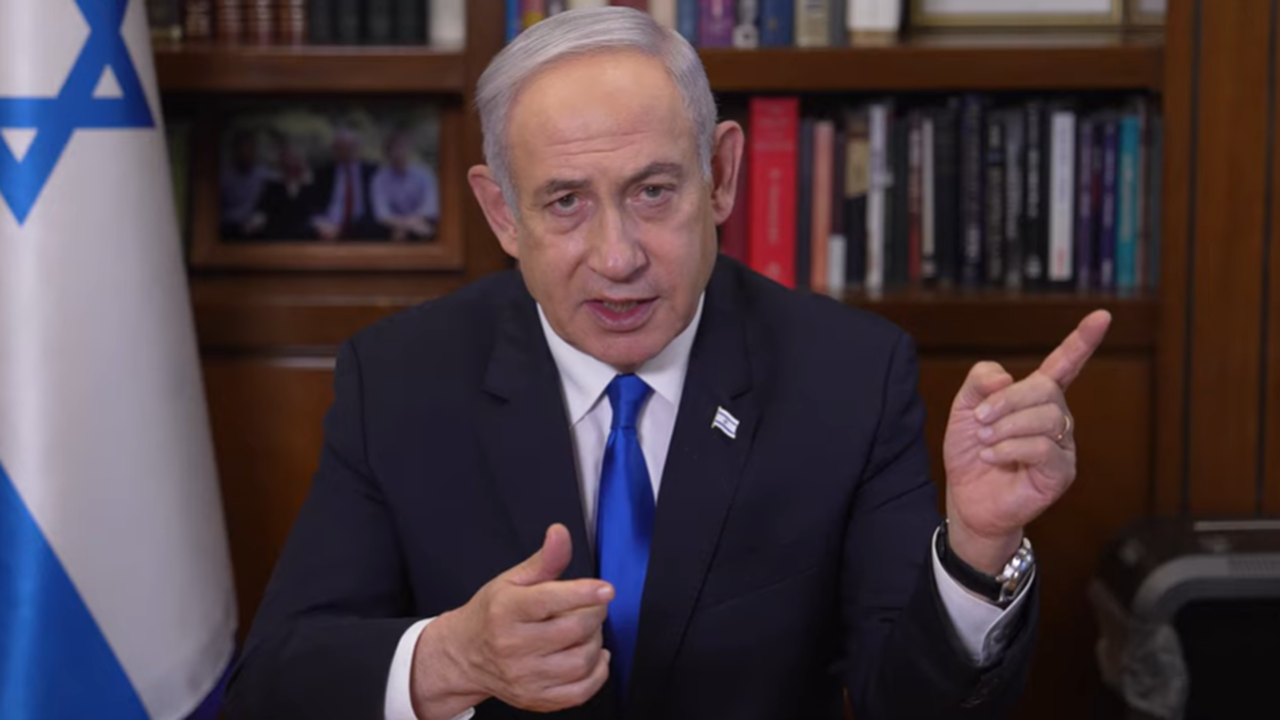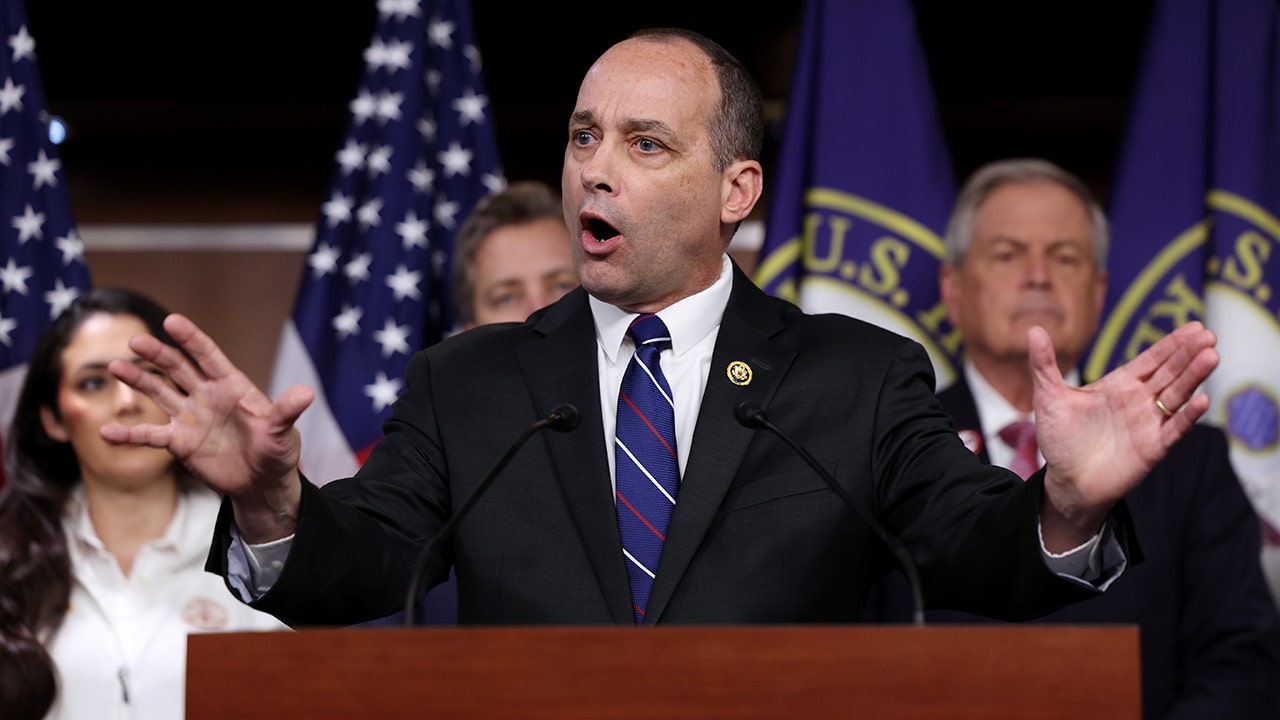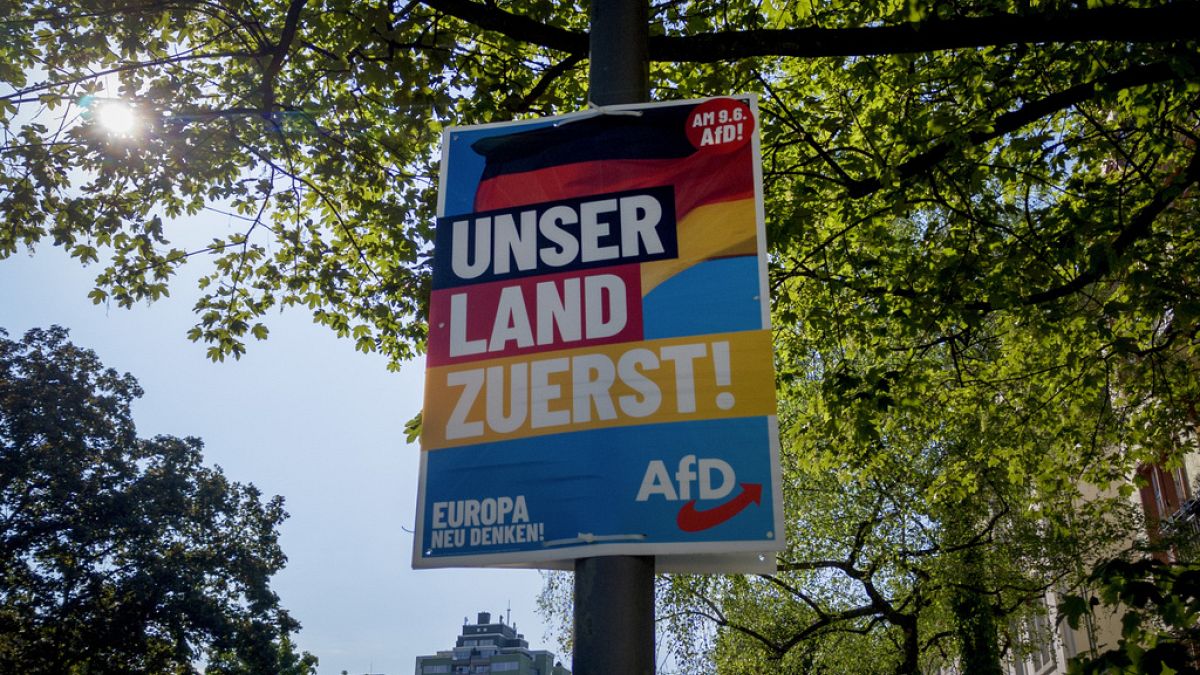San Francisco, CA
San Francisco’s Bay to Breakers footrace happens Sunday. Here’s what to know.

The 113th edition of San Francisco’s Bay to Breakers will bring thousands of runners to the city’s streets early Sunday morning, along with street closures to accommodate the roving party.
Famous for its wild costumes, nude and/or scantily clad participants and themed running groups, the freewheeling footrace is one of those unique “only in San Francisco” events that has become an institution with over a hundred years of history behind it.
What is the Bay To Breakers?
The Bay to Breakers is an annual footrace held in San Francisco that usually happens on the third Sunday of May. The race was started in 1912 with the intent of raising spirits in the city that was still recovering from the deadly 1906 earthquake as well as to promote the then upcoming Panama-Pacific International Exposition that happened in 1915.
The race has continued long after its initial purpose, though there were points that participation dipped as low as only 50 runners during World War II. Still, the race continued to be held every year, gradually building in popularity and becoming an iconic and irreverent fixture of San Francisco’s culture.
According to the Wikipedia page on the race, the Bay to Breakers “has been run for more consecutive years over a given course and length than has any other footrace in the world.” The race entered the annals of the Guinness Book of World Records in 1986 when that year’s edition boasted 110,000 participants, setting the record as the world’s largest footrace.
What is the Bay to Breakers route?
The Bay to Breakers route has changed slightly over the decades. Initially, the starting point was the Ferry Building, where racers would run along Market Street to Golden Gate Avenue before turning onto Divisadero Street. However, in 1968, organizers moved the start to less busy Howard Street, while the climb up Divisadero was moved to Hayes Street. The current course cuts over from Howard St. at Ninth St., turning west along Hayes St. and up the challenging Hayes Street Hill near Alamo Square. After the hill, the course follows the Golden Gate Park Panhandle on Fell Street before moving west through Golden Gate Park to the Great Highway and Ocean Beach, where the course ends.
The complete Bay to Breakers course is 7.46 miles (12 km) long. The route was originally set up by organizers to emulate another venerable Bay Area event, the Dipsea Race. That Marin County footrace founded in 1905 travels from downtown Mill Valley to Stinson Beach.
When does the Bay to Breakers start?
This Sunday race begins at 8 a.m., with the first wave of runners taking off from the Howard Street starting line at that time and subsequent waves following until 8:45 a.m. The course will close at 12:30 p.m. on race day at the intersection of JFK and Chain of Lakes Golden Gate Park. Race organizers advise that participants who have not passed that intersection by 12:30 p.m. will not have the opportunity to cross the finish line on the Great Highway, which closes promptly at 1 p.m. More detailed information on the Bay to Breakers can be found on the race’s official website.
What is the traffic impact from Bay to Breakers?
The Bay to Breakers takes place early enough on Sunday morning that the traffic from the huge throng of runners and attendant street closures doesn’t see huge impacts. However, there are closures across the city, but for preparation and for the race itself.
The earliest street closures begin Saturday at 7 p.m. in the downtown staging area near the start of the race at Main between Mission and Folsom. That area remains closed until Sunday at 5 p.m. The race will also shut down the Great Highway between Sloat and JFK between Saturday at 9 p.m. until Sunday at 4 p.m.
On Sunday morning, there will be closures all along the race route, with a concentration of street closures downtown in the staging area starting at 3 a.m. They include:
- Beale between Mission and Folsom
- Fremont between Mission and Folsom
- First St. between Market and Folsom (Muni allowed from Market to Mission)
- Second St. between Mission and Folsom
- New Montgomery between Mission and Howard
- Howard between Beale and Third St .
There will also be intersection closures on Howard at Beale, Fremont, First, Second, and New Montgomery. Drivers should anticipate heavy traffic along the race route due to street closures. There will also be Sunday morning closures for multiple entrances to Golden Gate Park during the race.
While the Bay to Breakers will be forcing a number of bus route changes, the race is also changing Muni’s usual weekend service time to accommodate the expected crowds. The Market Street Subway will open early at 6 a.m. Sunday morning, with extra service provided on the N Judah and S Shuttle lines between West Portal and Embarcadero stations. Full details on street closures and service impacts are available on the SFMTA website.
BART is also providing four trains with limited stops before regular weekend BART service to help transport Bay to Breakers runners. The special service will get race participants to the Embarcadero station at around 7 a.m.
The special early morning trains will pick up passengers with limited service from the Millbrae, Daly City, and 16th Street Mission stations in San Francisco and on the Peninsula and from the West Oakland, MacArthur, Pleasant Hill, El Cerrito del Norte, Bay Fair, and Dublin stations in the East Bay. These stations will be the only stations opened early for service. The four early trains will go out of service once they drop riders off at Embarcadero. Riders will not be able to board those trains at Embarcadero.
More information on the special service is available on the BART website. Caltrain and Golden Gate Ferry also will be providing additional service to accommodate Bay to Breakers participants. Public transit is recommended for those running in the race due to possible traffic and parking issues.
Is the Bay to Breakers still a roving party?
While there inevitably will be some drinking among participants (not to mention spectators who line the race route), back in 2009 San Francisco city officials and race organizers made changes to the rules that banned the use of floats (which were often used to transport full kegs of beer), alcohol, drunkenness and nudity. The changes were in response to residents who lived along the race route who complained about problems with public drunkenness and urination in their neighborhoods. While the race has become somewhat toned down since those changes, there is still a festive and hedonistic atmosphere to the proceedings.

San Francisco, CA
'Forget the Doom Loop': New Vacant to Vibrant pop-ups open in downtown SF
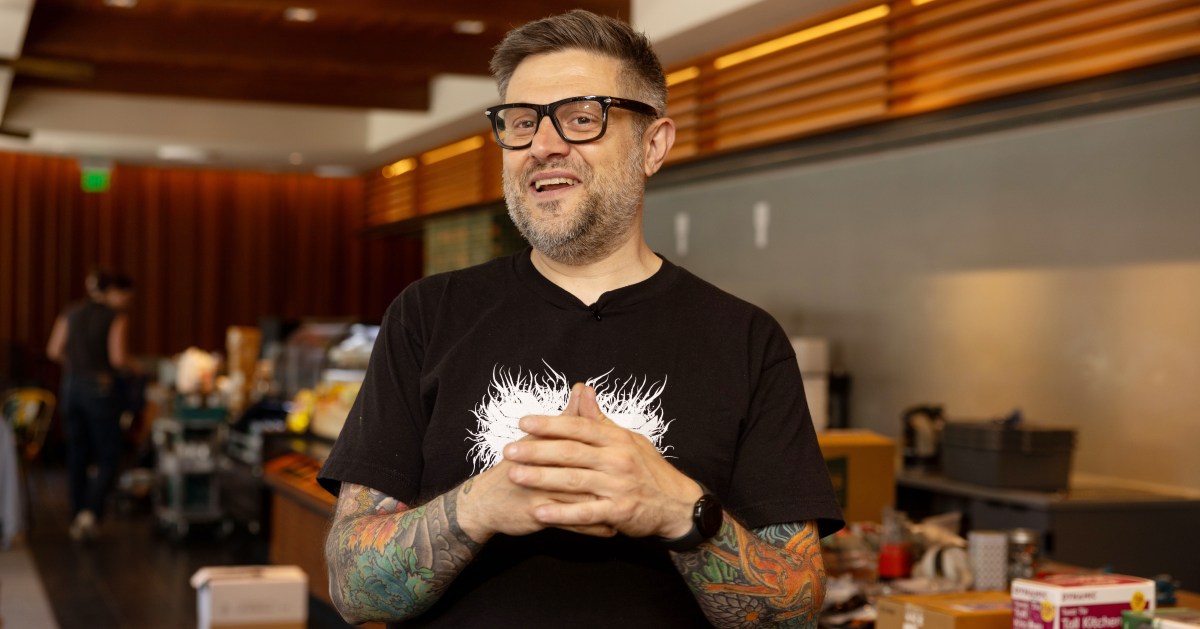
While SF New Deal hopes that some of the businesses will extend their leases after the program ends, that’s not the expectation.
Of the nine storefronts last year, seven ended up signing on for the longer haul: Whack Donuts (Four Embarcadero Center, Suite 4507), Rosalind Bakery (Four Embarcadero Center, Suite 4504), KALW (220 Montgomery St., Suite 100), Teranga (Four Embarcadero Center, Suite 4107), GCS Agency (201 Jackson St.), Devil’s Teeth Baking Company (1 Embarcadero Center) and The Mellow (332 Pine St.).
San Francisco, CA
Many undecided voters attend San Francisco mayoral debate watch party

San Francisco holds its 2nd mayoral candidates debate
The leading candidates in the 2024 San Francisco mayoral election faced off in their second debate on Monday. Constituents we spoke with said no one really stands out when it comes to earning their vote.
SAN FRANCISCO – Less than a week after San Francisco’s first mayoral debate, the five major candidates went head-to-head again Monday evening.
This time, the San Francisco Democratic Party hosted the debate at the UC Law campus, where the group reminded voters of the city’s ranked-choice voting. Voters should not just keep their top choice in mind.
The SF Standard hosted a watch party at its office for a few dozen voters.
The debate gave Mayor London Breed, former interim Mayor Mark Farrell and San Francisco Supervisors Ahsha Safai and Aaron Peskin a chance to tout their accomplishments and defend their records in government. Non-profit executive Daniel Lurie said as an outsider, he has fresh ideas, and his inexperience as a politician is what makes him stand out.
The candidates clashed over how to handle the city’s most pressing issues – reducing crime, increasing tourism, revitalizing downtown, and combating the fentanyl and overdose crisis on the street.
“Most likely what will happen to downtown, since office space is hard to fill, like how it will transform itself into something else,” resident Maic Lopez Saenz said of the issue that concerns him the most.
He was also interested to hear how the candidates would make San Francisco more bike-friendly.
For the most part, voters came with open minds.
“I’m pretty open, I feel like I’ll default to London Breed, but she’s fine,” said Leslie Carr. “I can still be convinced.”
Sarah Vega is an undecided voter and healthcare worker in Marin County, who said she voted for Mayor Breed in the last election. She’s most concerned with the city’s public health crisis.
“I’m looking for more patient-centered solutions to this crisis that’s affecting not just here but national,” she said. “I’m looking for more forward thinking.”
SF State associate professor of political science Jason McDaniel came to see how the candidates interacted with each other.
“Honestly, I usually don’t decide until the day of the election or the day I fill out my ballot, because I think about this stuff a lot,” said McDaniel. “I’m not always thinking about what I’m going to do, I’m thinking about what other people are going to do, so I often usually don’t make my choices until that last possible moment.”
McDaniel said what was most noticeable during the debate was the tension between Mayor Breed and Mark Farrell. They criticized each other over their policies when it came to policing, for example.
During the debate, the candidates also had the chance to ask another candidate a question. Some took the opportunity to test their knowledge of the city.
Featured
Mayor Breed’s panda plan at SF Zoo approved by Board of Supervisors
San Francisco is one step closer to welcoming pandas to its zoo. The Board of Supervisors voted this afternoon to green light the mayor’s plan to seek private funds to pay for a new panda enclosure at the zoo. But as we report, not everyone is on board with the plan.
San Francisco, CA
57 arrested in San Francisco's Tenderloin drug bust
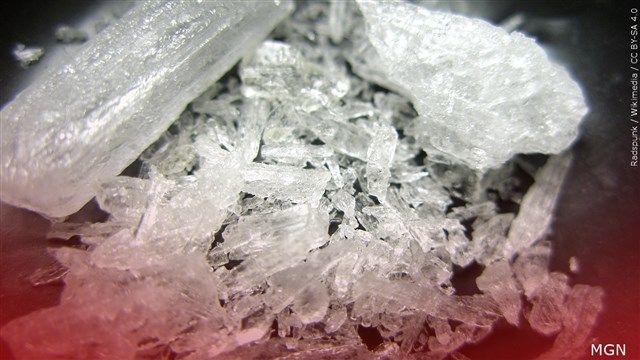
SAN FRANCISCO, Calif. (KTVU-TV) — San Francisco police arrested 57 people in the Tenderloin District last week during a one-day enforcement operation.
Of the 57, 43 had warrants out for their arrests. During the arrests on June 12, officers seized various narcotics, including fentanyl, methamphetamine and cocaine, police said Monday in a news release.
The operation was led by the city’s Drug Market Agency Coordination Center, a multi-agency effort to address the growing fentanyl crisis and deteriorating street conditions, launched last year by Mayor London Breed. The effort combines city, state and federal resources.
According to a release from the mayor’s office, in its one year, the center has led to the arrest of 3,000 people and the seizure of about 200 kilos of narcotics.
“We have brought unprecedented levels of coordination to tackle the drug markets on our streets and we are not letting up,” Breed said last month.
The June 12 operation included SFPD officers from the Fugitive Recovery Enforcement Team, Narcotics Unit, Narcotics Drug Recognition Expert Team, Tenderloin Station Patrol, Tenderloin Station Violence Reduction Team, and the Tenderloin Plainclothes Team.
SFPD’s release stated that while arrests have been made, investigations remain open and active.
-

 Movie Reviews1 week ago
Movie Reviews1 week ago‘Darkest Miriam’ Review: Britt Lower in a Marvel of a Drama About a Young Librarian’s Loves and Fears
-

 Politics1 week ago
Politics1 week agoGun group vows to 'defend' Trump's concealed carry license after conviction
-

 Politics1 week ago
Politics1 week agoShould Trump have confidence in his lawyers? Legal experts weigh in
-

 Politics1 week ago
Politics1 week agoGOP releases Jan. 6 clip of Pelosi saying 'I take responsibility' as she discussed National Guard absence
-
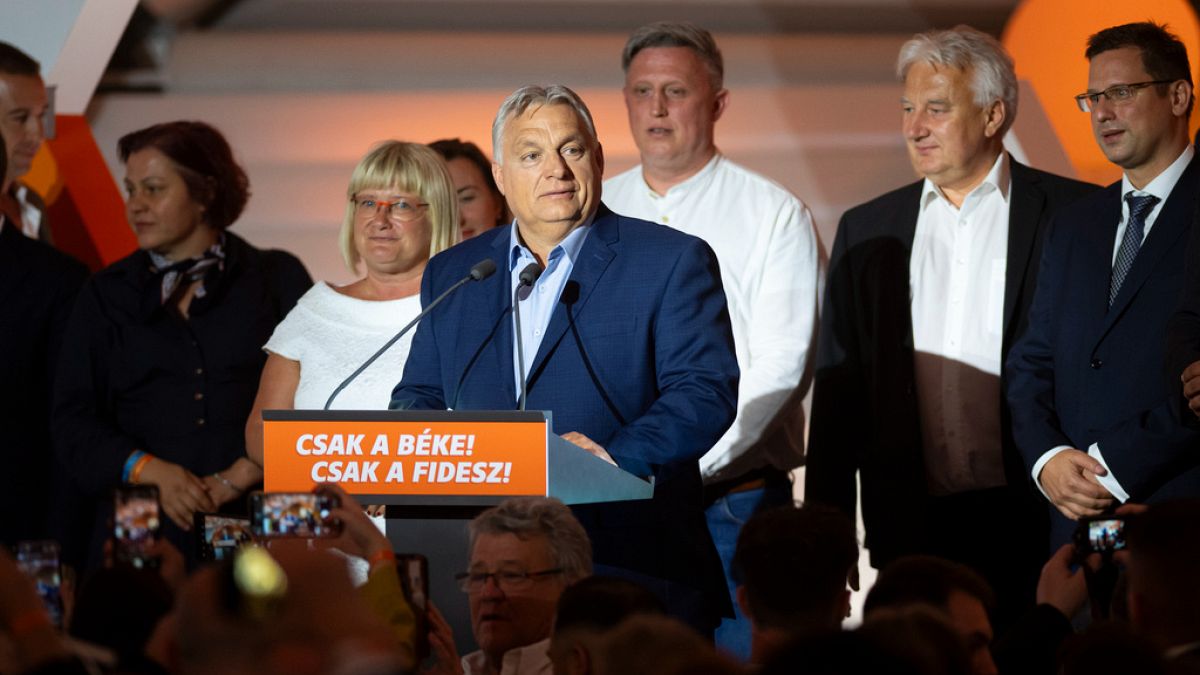
 World1 week ago
World1 week agoOrban party loses major support in Hungary's EU election
-

 World1 week ago
World1 week agoUkraine reconstruction official quits citing ‘systemic obstacles’
-
World1 week ago
German chancellor Olaf Scholz heckled by pro-Palestinian protesters at SPD rally
-

 World1 week ago
World1 week agoJury deliberations start in Hunter Biden’s gun trial


